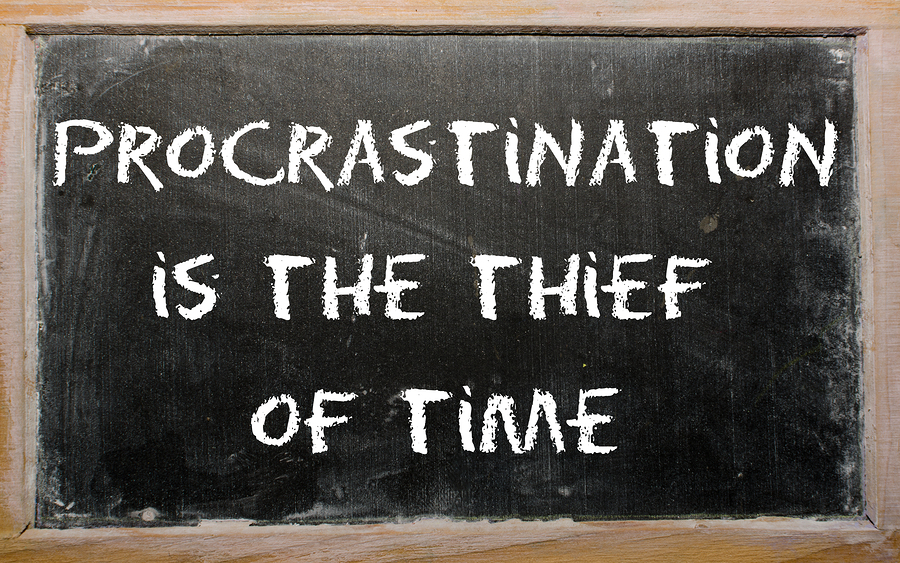Unmanned aerial vehicles, more colloquially known as drones, have drawn bad press in recent years: as the intrusive tools of the coming surveillance state, as deliverers of death from above in a host of war zones, as the purchase-delivering harbingers of world domination by Amazon.com. But as with any technology, you can also use drones for the good, or at least for the interesting. A number of urban photographers have attracted a great deal of attention in the past few months doing just that, buying or building camera-equipped drones of their own, taking to the skies above their cities, and capturing views of them we’d never see otherwise. I live in Los Angeles and like to think I explore its ever-more-revitalized downtown (from which I type this post) on a regular basis, but nearly every shot Ian Wood got in the early morning with his drone in the video above shows off an aesthetic element of the neighborhood I hadn’t noticed before.
Above, Randy Scott Slavin provides us an equally dreamlike drone’s eye view of America’s other metropolis, New York City, and below that you can also get a sweeping view of London, its architectural icons on full display, from sure-handed drone pilot/cameraman Evan Skuthorpe.
Then we have a flight around the monuments of Mexico City, in my experience an endlessly fascinating place from any altitude and at any angle, by A&H Aerial Productions.
Those of you who know Bangkok might feel startled to get the highly unusual view of it, nearly free of people provided by Coconuts TV, who took a camera drone out on a day when protesters shut down seven of the city’s most vital intersections. (It reminds me of a few favorite moments by that most celebrated Thai “auteur of languor,” Apichatpong Weerasethakul.) But you may have noticed that all the videos here focus on depopulated places, due most likely to the tricky host of applicable laws to do with privacy and aerial photography. So if you decide to film a drone flythrough of your own city, perhaps have a chat with your lawyer first.
Related Content:
Great Cities at Night: Views from the International Space Station
Prize-Winning Animation Lets You Fly Through 17th Century London
London Mashed Up: Footage of the City from 1924 Layered Onto Footage from 2013
What Makes Paris Look Like Paris? A Creative Use of Google Street View
Colin Marshall hosts and produces Notebook on Cities and Culture and writes essays on cities, language, Asia, and men’s style. He’s at work on a book about Los Angeles, A Los Angeles Primer. Follow him on Twitter at @colinmarshall or on Facebook.





